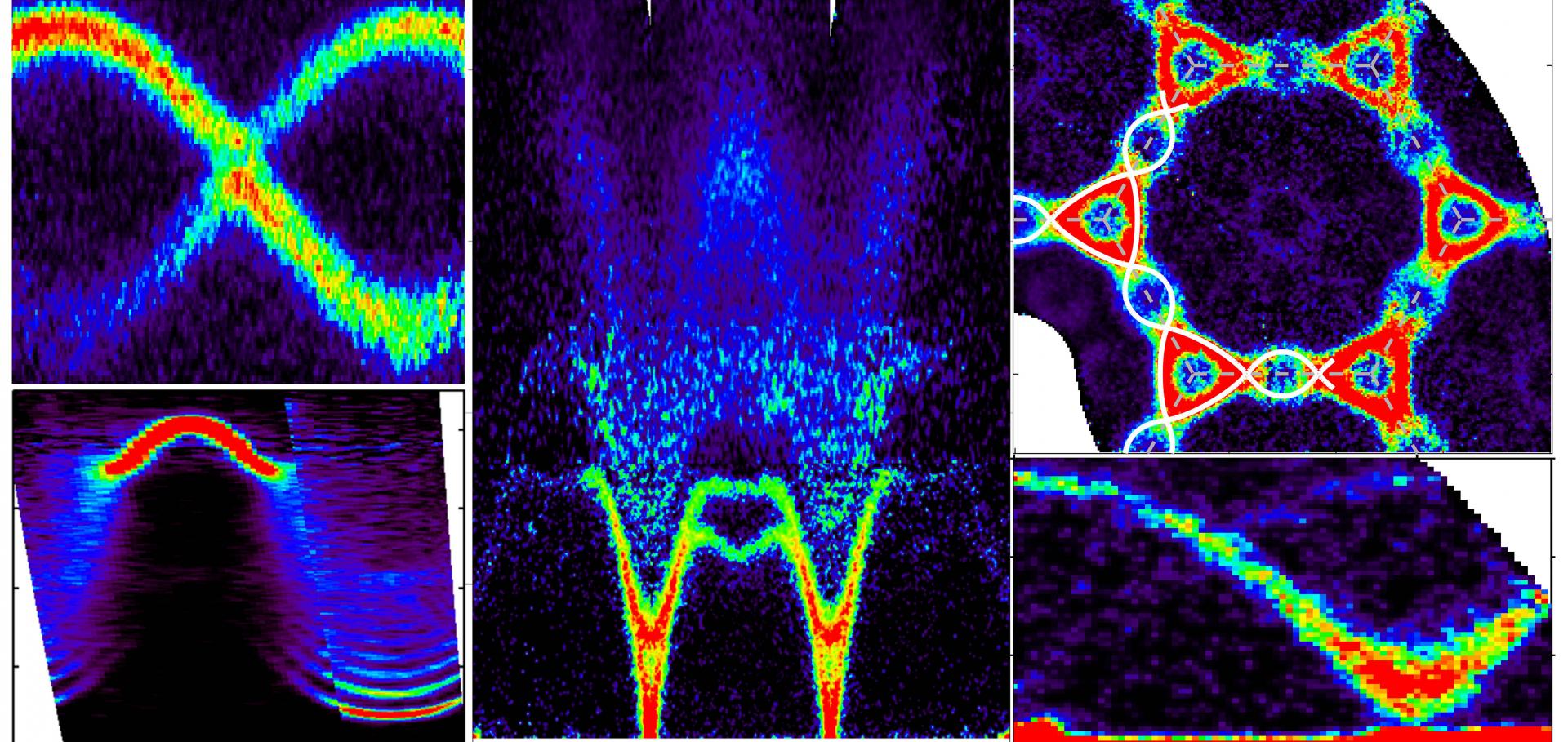Single crystal growth from separated educts and its application to lithium transition-metal oxides
Scientific Reports Nature Publishing Group 6 (2016) 35362
Abstract:
Thorough mixing of the starting materials is the first step of a crystal growth procedure. This holds true for almost any standard technique, whereas the intentional separation of educts is considered to be restricted to a very limited number of cases. Here we show that single crystals of α-Li2IrO3 can be grown from separated educts in an open crucible in air. Elemental lithium and iridium are oxidized and transported over a distance of typically one centimeter. In contrast to classical vapor transport, the process is essentially isothermal and a temperature gradient of minor importance. Single crystals grow from an exposed condensation point placed in between the educts. The method has also been applied to the growth of Li2RuO3, Li2PtO3 and β-Li2IrO3. A successful use of this simple and low cost technique for various other materials is anticipated.Topological Triplon Modes and Bound States in a Shastry-Sutherland Magnet
(2016)
Magnetic field dependence of excitations near spin-orbital quantum criticality
(2016)
Incommensurate counterrotating magnetic order stabilized by Kitaev interactions in the layered honeycomb $α$-Li$_2$IrO$_3$
Physical Review B American Physical Society 93:19 (2016) 195158


